During one of the many discussions on composition that took place during the Lisbon Masterclass a few months ago, one of the participants suggested that my compositions were reminiscent of something called Wimmelbild in German. Loosely translated, it’s the concept of ‘teeming pictures’ – or a composition that is extremely full of detail and sub-scenes within the main composition. Two of the better-known examples of wimmelbild are the paintings of Hieronymus Bosch and childrens books by authors such as Richard Scarry, Ali Mitgutsch, Rotraut Susanne Berner, and Eva Scherbarth – and of course the ‘Where’s Wally’ series by illustrator Martin Handford. If there’s a single gestalt that best describes the nature of most of my compositions – wimmelbild would be it. So it’s probably worth spending a little time explaining exactly what it is…
To the best of my understanding – and limited German – the concept of wimmelbild centres around the idea of a full frame with no wasted space. It however does not mean that elements are chaotic – the opposite, in fact, They’re controlled, ordered, and every part – no matter how small – is relevant to the overall scene and idea. It is the idea of infinite sub-compositions in a frame taken further – recursion in extremis Even though the idea may appear to be one of chaos, it’s really one of ‘busyness’ – or perhaps that of a very complex and sophisticated machine. A bit like a watch, actually – perhaps this has something to do with its personal appeal to me. There are a lot of moving parts, but nothing extra.
In this sense, it’s actually a very difficult type of image to execute: not only do you have to maintain overall structure, balance, aesthetics and composition, but you can’t use large elements to do so without the risk of them dominating the frame. In fact, I think the only way to control the way such an image is read is to use extremely low frequency structures to direct the eyes of your audience – subtle shifts in luminance or color, or perhaps big divisions of the frame. I still haven’t quite determined where empty or negative space is permissible without ruining the overall effect – sometimes it can appear imbalanced, at other times quite dynamic.
Perhaps we need to take a step back and ask why a wimmelbild image is interesting and/or desirable. The natural answer might seem to be something along the lines of ‘because there’s a lot going on’ – I think this is a mistake, because it’s too easy to lose sight of the harmonious individual details that make wimmelbild images work. Rather, I think it’s the best way to present either the idea of complexity in a non-abstract way for a fairly static object such as a watch or building; but above that it allows the photographer to create an effective impression of overwhelmingness when you are initially confronted with a new location, or unfamiliar activity – the kind of feeling you get when you are a bit jet lagged and dropped into a completely foreign place. Over time – and viewing – the mind is able to break down and analyse the little details into some semblance of order, and thus decode the events that are actually taking place. On further viewing, our familiarity with the image is able to break it down instantly into its constituent pieces – and it no longer feels foreign or confusing.
I suppose this also has something to do with the appeal of fractal subjects – clouds, trees, water, mountains and the like. We can take in the scene as a whole, but spend as much time as we wish exploring each individual element at our leisure. In photographic form, the preserved moment offers the audience to do the same with a scene that might be far too fast-moving and dynamic in reality – a high speed photograph of an explosion, or a crowd, for instance. Here we have multiple levels of underlying audience attraction: the ability to explore a scene at leisure in a form that is not otherwise physically possible with the naked eye, the usual aesthetics of a photographic capture, and of course any underlying appeal of the subject matter itself.
There’s one big complication, of course: the output medium. If you are only presenting images at web size, then the effect is severely diminished. There’s a big difference between even that and say enough to fill a 2.5k monitor; even more of a difference to 4K, and we need not talk about print. Size matters, too: bigger is better, but only if information density stays above the threshold of the eye to discern at a comfortable viewing distance for the entire image. The reason for this is the illusion of endless activity and detail is broken if we can make up the constituent parts – especially if those parts are not part of the underlying scene structure. The only way we’re going to view all of the captured information at once is in a large print of sufficient resolution.
It’s also necessary to either maintain and maximise the illusion of transparency by ensuring there are no capture or postprocessing idiosyncrasies that call attention to themselves – over-recovery of shadows or highlights in an attempt to ‘keep everything visible’ is the first problem. The next is the clipping of very small specular highlights – or specifically, the difficulty in reproducing a smooth transition between unclipped and clipped when the elements are very small and there are insufficient spatial ‘steps’ to render the change in luminance. I won’t argue that at this point more pixels are certainly better, but I’d prefer a little noise to a little clipping: the former disappears somewhat into the scene and gives the impression of continuing detail at a level beyond what our eyes can resolve (which is somewhat faithful to actual reality), but the latter simply reads as a digital capture artefact.
I want to leave you with some thoughts on how I approach these scenes, and in effect a little primer on how to compose them. Firstly, the scene itself must be wimmelbild-able; there has to be firstly enough ‘visual density’ to fill the whole frame more or less uniformly. I still like to have a main anchor subject in the scene, which helps differentiate the intention of the photograph from being a pure abstract (in which the entire scene is the subject). Ensure there are no empty holes, or those holes are intentional and contain your subject, or are perhaps significant of some other concept – space vs clutter, chaos vs order, for example. There then has to be some low-frequency underlying structure: if there isn’t, then the audience’s eyes do not know where to enter, in what order to progress through the image, and how to re-direct through the frame in order to be encouraged to stay inside and be encouraged to linger on individual areas of the frame and in turn discover new elements.
This low frequency structure can be a simple luminance gradient, a shadow shape, or perhaps some leading lines; it can also be even more subtle and take the form of layered reflections: here we would read the most ‘literal’ and strongest reflection first, followed by subsequent fainter layers. In that way, some form of narrative can be constructed – assuming you can of course get all of your elements to cooperate. There is probably a way to do this using multiple exposures, too – but I feel that one of the strengths of an image involving reflections is of course the fact that you must be able to tell you are looking at a reflection, and therefore creating the implication of the juxtaposed elements being in close spatial proximity.
Finally, I’m not sure there’s a set formula to follow or a fixed definition of what wimmelbild must be – I am only now in the process of solidifying what it means for myself, and how to use it in my images. I think wimmelbild takes on three primary forms in my own work: the first are the cityscapes, landscapes and other scenes in which most elements are at the same scale, and employ lines or shadows or luminance or color to lead the eye. The second are the documentary scenes in which all subjects exist in one inclined plane extending away from the camera, creating endless context and nuance around a primary subject or subjects. The last is the reflection application from the previous paragraph – which can be combine with either of the previous two.
Unfortunately, wimmelbild isn’t a technique or style that can be applied to every subject and situation – it has perhaps the most narrow application of any of the styles I currently pursue, because it is quite dependent on subject and scene (thought can be applied to a reasonable range, as the example photos attempt to demonstrate), and nigh on impossible to construct – unless you are Gregory Crewdson (though I feel his images are somewhat on the low-density side for wimmelbild). It does feel very much like the way my own mind works and interprets the world, though: lots of simultaneously moving pieces and not a lot of empty room…perhaps it’s time for me to find a larger production budget. Anybody here want to be an extra? MT
__________________
Masterclass Prague (September 2016) is open for booking.
__________________
Ultraprints from this series are available on request here
__________________
Visit the Teaching Store to up your photographic game – including workshop and Photoshop Workflow videos and the customized Email School of Photography. You can also support the site by purchasing from B&H and Amazon – thanks!
We are also on Facebook and there is a curated reader Flickr pool.
Images and content copyright Ming Thein | mingthein.com 2012 onwards. All rights reserved
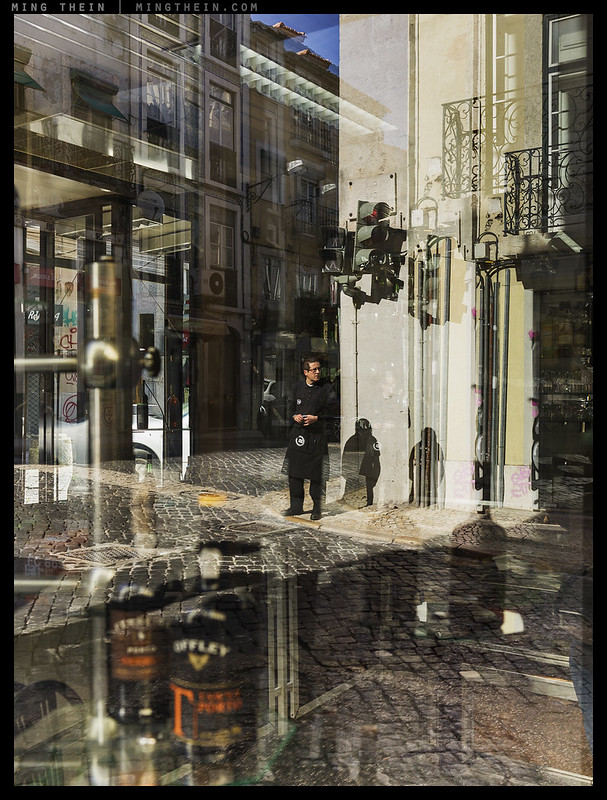
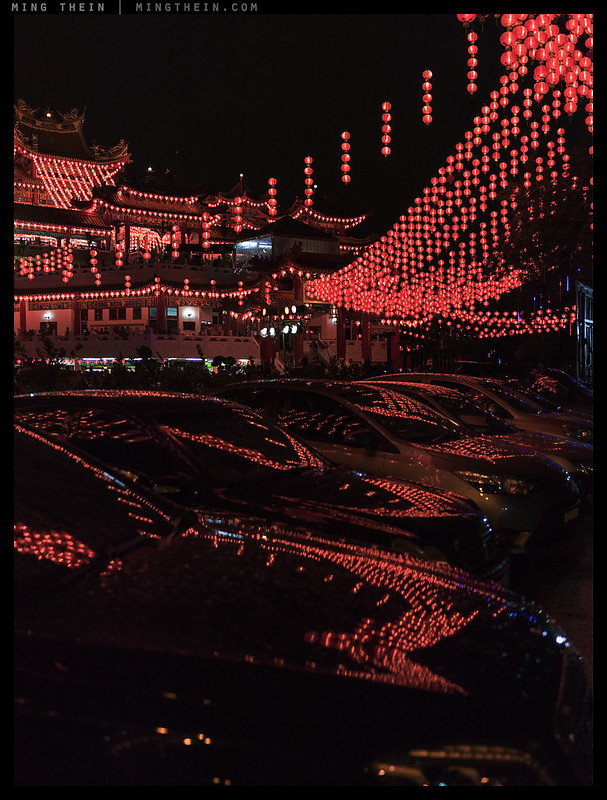
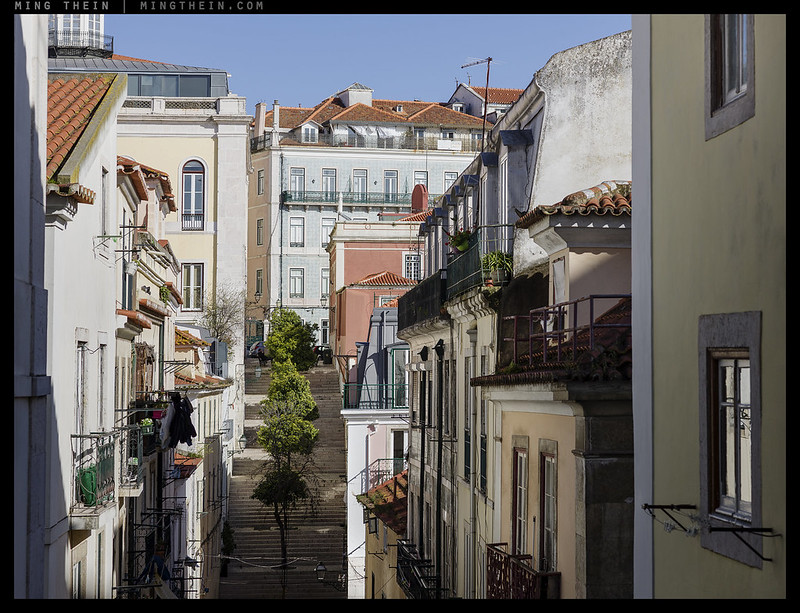
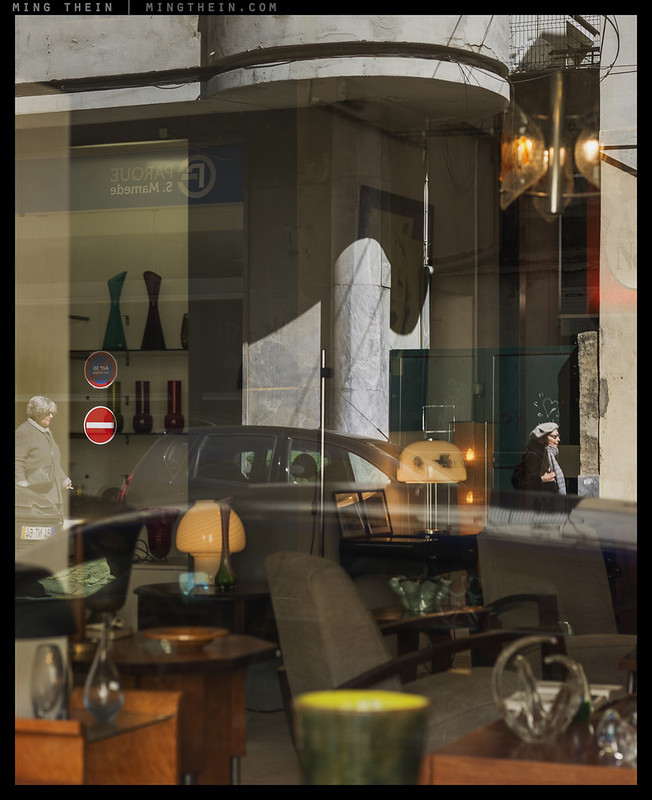
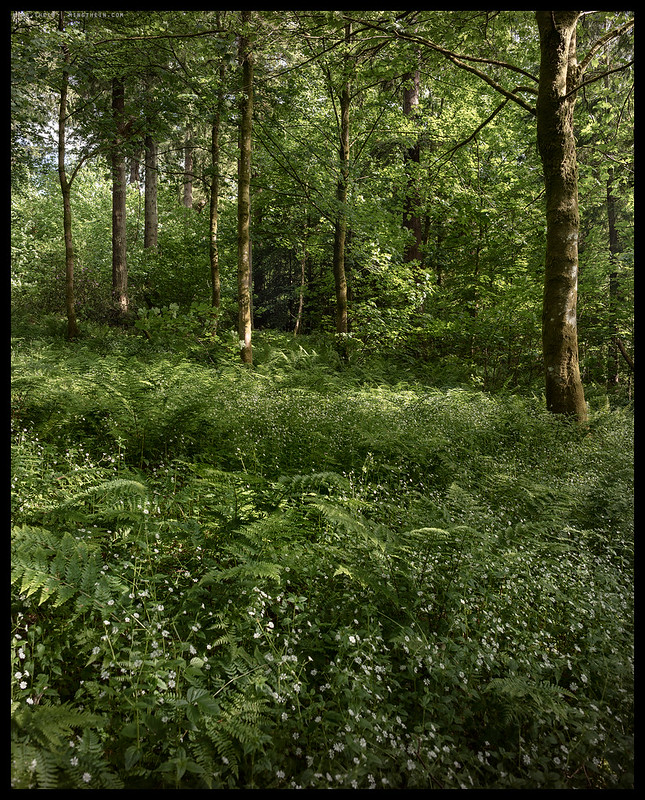

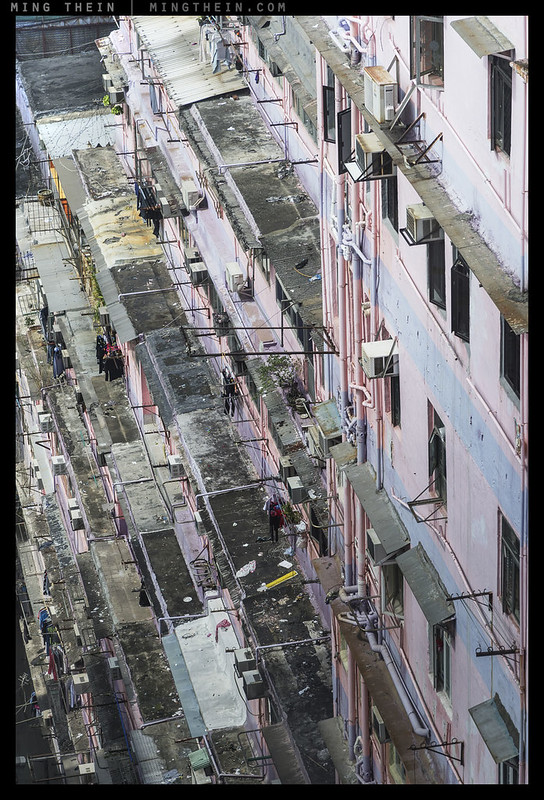
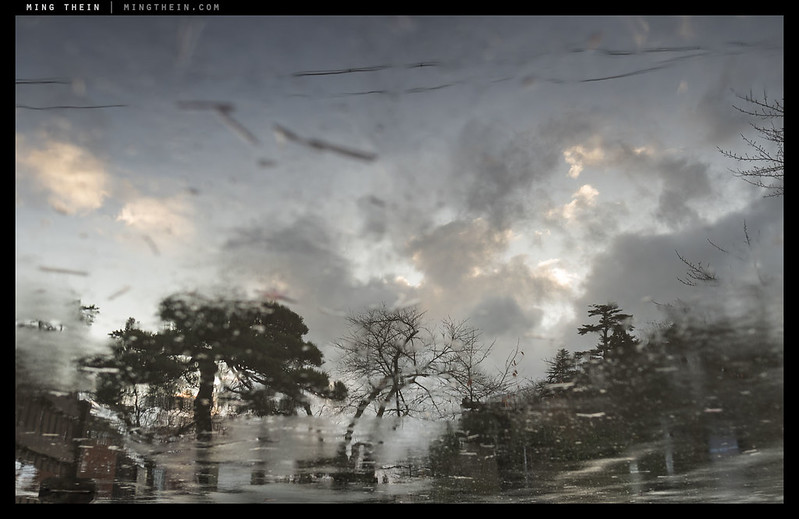
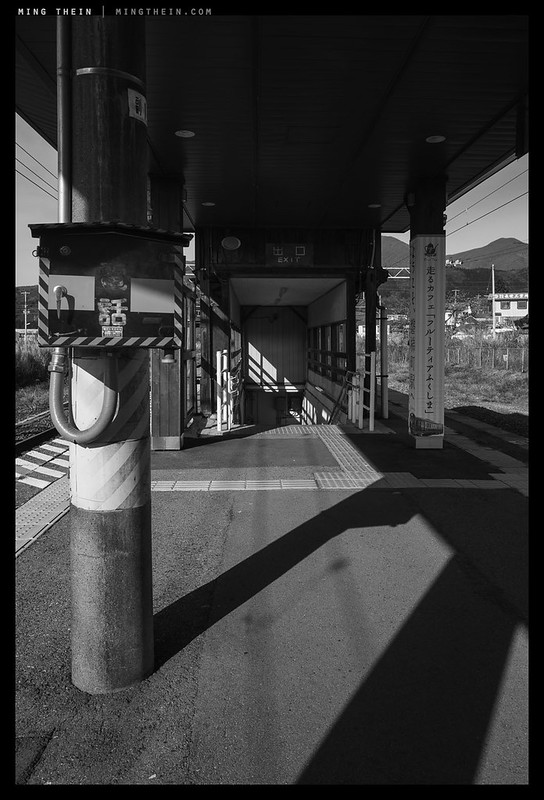






Thanks for writing this. I have been having similar thoughts. I’m working on a personal project about the main river of Northern California. I’m trying to convey to people how much effect this 600km River effects our society and how we have shaped it for our uses. Of course I want to show it’s beauty as well. The problem is that when I think I have the content to covey the message I have no way of knowing if It registers with people. At some point ideas seem to be the product of your individual life experience and communicating becomes quite nebulous. Photography seems like one of the most likely ways to start the communique. Of course I’m probably biased in this assumption.
This was meant for a different post. Please ignore. My apologies.
Wonderful article. Wish I read it when it when it was first published. I would love to be your assistant. Would be pleased to shoot with the Hasseblad at you direction.
Thanks, but I have an assistant already and I do the shooting, otherwise he would be the photographer…
Thanks for a really interesting article Ming! And I think these are some of your best photographs. Not many people can balance so much information into in image without it becoming disconcerting.
Pleasure. They do work better at larger sizes (and even higher information density) though…
Ming,
Thank you for the interesting article and discussion. Although I’m from the United States and had 1 German family in our neighborhood, I’d never heard of the phrase. It’s easy to see why I’ve been deliberately but unintentionally mimicing this style when shooting at family gatherings; I greatly enjoyed Richard Scarry books as a child and now my sons also enjoy them decades alter. I don’t think I’ve ever printed any of these shots as they tend to not fit the usual theme/story that I tell with my photo wall, but now I’ve got the itch to print several and see the reaction to them by the children once I swap them in place of the current prints.
Thanks,
Alan
I’d actually be curious to see if the idea translates to the (originally) intended audience too…
I plan to order new prints after my current work trip so I will have to report back to you in a month or so.
No problem.
Gestalt. Also from Germany.
Where many famous philosophers were born.
That German thing really matches with you.
Watches, I think after having read the descriptions of my German neighbours,
Also are not Wimmelbild, because the different detail usually don’t tell different stories.
What they share with Wimmelbild in paintings however,
is great craftmanship and great attention to detail.
And that is something that also defines the tools we consider to be Great Gear.
There’s something in common and it all comes together on your site.
Isn’t that great?😀
Problem solved: lots of watches in the same photograph!
I was once asked to characterise my work in a sentence or phrase: I think ‘detailed, controlled and precise’ is pretty much accurate, and in line with this concept too…
Indeed you’re correct I think about your style.
I was talking with my German neighbour this evening and she told me
an author named Ali Mitgutsch invented the Wimmelbilderbuch.
A little bit of surfing on the net proved she was correct.
In 1968 he created a book called “Rundherum in meiner Stadt”,
about citylife and aimed at children of 18 months and older.
With that book he created a still existing genre.
Thanks for the Info!
It’s interesting that such a complex concept was aimed at really young children – you’d almost think it’d require a far greater attention span than possible at that age to even partially appreciate it (at least from my experiences with my own daughter)…
Ming,
When I came to Germany 1972 I missed children playing in the street, where were they?
A classic German sign: “Das spielen der Kinder im Hof ist verboten” (~ No playing on the back yard.) was then often mentioned with irony.
( Later Turkish guest workers moved into the neighbourhood and their children played in the street – and German children came too, .. .)
And where you live, where do children play?
I just thought that _maybe_ German children wanted the larger stimulation from Wimmelbilder as they (maybe) lacked the varied stimulation from street life, and your child probably gets enough stimulation during the day and maybe wants more restful images? ??.
( I don’t remember Wimmelbilder from my own childhood (in Sweden in the -50:ies), so I have no experience. I first saw them in Breughels art and was surprised.)
I think kids here don’t get out of their apartments or schools or tuition centres much. Honestly…it’s quite sad; the outdoors is shunned and closed off and air-conditioned to make yet another massive (and massively unnecessary) temple to consumerism. 😦 We are fortunate our apartment block also has an acre or two of park and swimming pool, plus my in-laws have a large garden, so Sophie has plenty of space to run around regularly. She has no problems snacking on grass or flowers (despite our trying to prevent it!)
The concept might be very simple.
Start with a grand scene and then fill it with a lot of little subscenes.
The end result however looks very complex.
A child will discover a little (funny) subscene every time and the fun
of those discoveries will make the child look for more of these funny scenes.
These are not books when once read are put aside.
Children want to see these books every time again
because they can find something new and funny every time again.
Makes sense.
Everything is new to young children and, hence, they (initially) investigate this ‘everything’. It is only thru experience and adults telling them what is important (that is, what to concentrate on) in this inundation of information that children then begin to focus on the ‘important’ visual, emotional and intellectual information that confronts them.
What can make for certain kinds of genius, I suppose, is when some children don’t necessarily focus on what everyone says they should focus on – or they focus in a way at variance with the ordinary and customary.
I think every photographer has to some degree ignore the whole idea of convention to avoid making the same images that have been made before…
Approach: Analytic
Execution: Controlled, detailed and precise
Could we define that combination as your niche?
I think so. As many have also said: cold and soulless 😛
Analytic is not the same as cold and soulless.
Psychologists also have to be analytic.
Does ‘t make them cold and soulless automatically.
Have you ever sought locations that would allow mimicking the wimmelbild artists’ work? I like your version of the concept (as demonstrated here) but I mean a more direct / simple imitation. I can immediately think of many possible scenes such as markets, exchange floors, casinos, etc. but access to a high vantage point (and permission to photograph) would be necessary, so it’s unlikely to come across such scenes by chance. There needs to be enough action so a shopping mall probably wouldn’t do…
It’s a relatively new idea for me, so the answer is – not yet, beyond the usual industrial documentary and urban environments. The more transparent imitation is almost along the lines of some of Gursky’s work, no?
The first thing that comes to my mind is to shoot at display windows: a reflection immediatly doubles the objects/subjects. (If it happens that you visit Venice again, try to play with the reflection around San Marco 😉 maybe during high tide: result can be an hypnotic mirage).
Interesting post as always Ming, thank you!
Will do. Was only there during one day of acqua alta…
I think Gursky’s work is fundamentally different: repeating subject matter forms a pattern, which is the main subject. I don’t see different stories when looking closer – just repetition of the same. So yes, a simplified version of the same image making process (though not necessarily easier) and similar components but different objective. It’s not very valuable to argue the semantics, but to me it makes a difference and I personally prefer variation in the frame, and don’t find Gursky’s work very engaging (though it’s often impressive on first glance).
I always thought it was the illusion of repetition, but the slight differences are what makes you bounce back and forth in comparison – though not having seen a large original print in person, I might be wrong…
You didn’t mention Peter Breughel the Elder, who to me is the definition of Wimmelbild. Although I wasn’t familiar with the term, I love his work. In most of his work, it could almost be defined in modern terms as the opposite of subject isolation.
Too many photographers treat subject isolation as something you have to do in every shot. Hunters in Snow does do a sort of subject isolation, but still has the incredible richness of detail. Most of his work (and a lot of yours) are more urban scenes that show the complexity of urban life while still trying to make some kind of a focused statement, although that statement might be as simple as the richness of a wedding reception experience.
I remember some of your Tokyo photos showing teeming streets and they are reminiscent of Brueghel. But back in his day and even today in painting, they didn’t/don’t use motion blur or depth of field to try to isolate a particular aspect of the scene. Will be interesting as we get much more acclimated to phots than painting if painters start putting depth of field and motion blur into their works.
You’re right, of course. He should have been included. As for isolation – it is much easier to paint a subject over a clean background than a deliberately messy one, and painting shallow depth of field convincingly is nigh on impossible – not to mention impossible to imagine back in the day without fast optics to show us what it looked like. Actually, perhaps that’s the reason we never see bokeh in old paintings…
Been a while since heard that word „Wimmelbild“ Hat man nun eins vor sich, erkennt man nicht auf einen Blick was Sache ist. Es gibt keine Trennung von Figur und Grund oder einfacher Verständlich Figur und (Hinter-)Grund. Thanks for reminding me ;P
Hey Ming,
this is a great article. One previous poster was correct: the images that go with the text are highly respectable.
Couple of thoughts:
1) I believe you have grasped the concept that I associate with the word, me being German.
2) “Wimmelbild-able” is now my favourite German-based neologism, closely followed by the magnificent “to abseil”.
3) I would love to be an extra 🙂
4) There may be one aspect to the concept which is somewhat neglected in your essay, or rather to interrelated ones. Wimmelbilder, to me, are closely connected to childhood memory. Apart from the visual characteristics – which I think you got completely correct – one distinguishing feature of the wimmelbilder I remember is that there were not only many sub-compositions but also many sub-stories. Sure, there is usually an overarching narrative, but below that level, there may be more going on. As such, I think the concept of wimmelbilder transcends purely geometrical considerations. This is to do with the second point: Wimmelbilder command a lot more attention from the viewer than almost any other type of image. That is not necessarily a result of the complex composition but may be the other way around. I remember my former dentist having a large-scale wimmelbild of a woodland scene hanging on the ceiling above the patient. And similarly, almost any pediatrician has books containing wimmelbilder in the waiting area. Why? Because they force the viewer to concentrate, to immerse themselves in the scene for a few moments (resulting in calmer patients…). Of course, the experience of immersion is also rewarding for the viewer, otherwise they wouldn’t invest the extra attention.
In video editing it is commonplace to show images (moving ones, nonetheless) for less than a second, simply because the viewer has understood and registered them in that short time period. Wimmelbilder are the exact opposite: the artist does not offer immediate, intuitive recognition of a familiar subject/scene to the viewer but rather offers an image that requires some mental effort on the part of the viewer.
To come to my point: I think that images with highly detailed compositions which do not tell more than one story are not really wimmelbilder, at least not in the way I understand them. I may be wrong in this and of course it does not mean that the images I excluded from the category are any less valid; I only see a conceptual difference between them.
To pick two examples from your series here: I don’t see the image from the woods and the one with the two women walking/the reflection/the café is belonging to the same kind of category. Fundamentally, the difference I see is that while I CAN look at the first one longer and enjoy it more by actively immersing myself in the scene, I don’t have to, whereas I MUST remain with the second one to understand it.
I don’t know if this make sense to you or anybody else but me, but this is what came to my mind when pondering the subject.
Cheers and please keep the photography articles coming: I know the feedback is relatively low but they are worth a lot to readers like me. Should you ever publish a book, I would buy it in a heartbeat.
Niklas
1) Thanks!
2) I suppose we could also call an image ‘wimmelbilt’, but that just sounds oddly constructivist – when the actual process is anything but, and far more akin to serendipity. 🙂
3) No guarantees you will be recognisable, or even aware you are in the composition and being photographed…
4) I think the childhood memory must be a very German thing: I grew up in a few different countries and certainly don’t remember any such decorations or books, but perhaps the closest we get is that feeling of being overwhelmed in a new and unfamiliar place – until we can get accustomed to the pace of life it’s easy to be distracted by the little details/stories happening in every portion of our field of vision.
I think I understand the distinction you’re making between the two types of images: in order to fully appreciate one, you have to invest something in observation; the other doesn’t require it. I agree there is a distinction here between simple chaos/ lots of detail and true wimmelbild (at least in our understanding of it) – my litmus test is whether you can get lost in the details of the scene if you permit yourself to. I would almost argue that if you have to force yourself to really examine the scene before getting any intellectual reward in return, then before we even get to the wimmelbild stage – the image itself has failed as a photograph simply because it isn’t even interesting enough to attract your attention in the first place 🙂
On the other hand, a seemingly more simple image that does offer the potential for immersion still qualifies because you gain additional returns when you invest more effort. Not every image will do that…and I find that many do the opposite: the closer you look, the sooner you find something jarring and at odds with the rest of the composition that inevitably jumps out first every time you revisit the image.
Interesting post….sometimes your images are very complex, other times very abstract. Like anything I believe the center of it is your particular creativity and self expression. But, your love of intricate watch details may lead you eye to these things on a larger scale.
I wonder if it’s the reverse: I like the intricacy and so am drawn to the watches?
Ming, *very* interesting !
And that good mix of good illustrations widening the meaning of the text.
Thanks!
I’m sure there’s a deep significance to this topic.
Irrespective of the subject, the art of composition is partly about relating all the visual material geometrically.
You mention “low frequency” components in composition, and this immediately leads one to think of a power spectrum. Not a straight-forward spatial power spectrum of image processing, but something a little more nuanced with recurring patterns at different scales.
You also mentioned the concept of a ‘fractal’ image, and that I think really captures that same idea.
Perhaps the deep significance comes to how the human visual system interprets an image, identifying pattern and drawing meaning out of geometry.
“Wimmelbild” composition delivers a very satisfying recurrent or multi-layered geometry to which the visual cortex experiences a sort of non-verbal tastiness, “Mmmm”. When those patterns register in just the right relationship to one another, resonating at different scales or harmonising like the score of a symphony, the effect is delicious. (If the mixed metaphor can be excused!)
Using one of our other senses, your comment just made me think of the composition of a symphony. Low frequency repeating melodies, mid-frequency riffs, high frequency sparkling details…I suppose this is the photographic equivalent?
!!
🙂
… and recurring varied patterns. ( Fractals ? )
Ah yes, fractals…
Aye!
Especially the two seascapes and the b/w branches.
And yes, with regards to this subject fractals also jump into my mind every time.
Although Wimmelbilder seem to be something else.
With a limited set of formulae and parameters it seems,
very complex life-like graphics can be generated with fractal mathematics.
Simple concept, very complex end result.
Genetic code will use these mathematics.
So in the end we and life around us are very simple.
Or very complex?😀
At least, there’s familiarity caused by these shared mathematics.
It might be this familiarity that causes our appreciation of clearly fractal things like mountain sceneries and woods.
This appreciation is not true for everyone.
But that depends on one’s complexity!
I love this subject….😀
I think there is a parallel here to the phenomenon that we grow roots in the landscape we grow up in, in the sense that we feel very much more at home in landscapes very similar to that.
As if our eyes want to feel at home.
2 German names. Hasselblad: >350 comments. Wimmelbild: <20 comments so far. Very telling…
Who cares about the images? It’s the tech we want!
Tech is pointless without an objective…but perhaps I could wimmelbild better with a hundred megapixels instead of fifty…
Best wimmeldbilds are wimmelbilds with lots of gear/tech in them. 😉
(I’m btw German and it’s hilariously funny for me to see and use this word within an english language context 😀 )
Then I should go back to reviewing Sony cameras…
Hasselblad is Swedish, but I don’t think it makes any difference. This is always the case: any post to do with photography, philosophy, education or something that requires conscious mental effort to gain value from gets perhaps 10% – if that – the audience of anything gear-related. The desire for easy quick fixes, instant gratification and all that 🙂
What really bugs me though is the accusations that I’m a gear-whore even though less than 5% of my posts are equipment related, but nobody reads the rest…
Is that based on visitor statistics? Frankly I’d be surprised, especially after you moved on beyond most people’s budgets. I’ve immensely enjoyed your late educational / philosophical posts, but haven’t had anything immediate to say about the topics (though a thank you would be deserved every time). A gear review surely gets some non-recurring visitors, but it’s also much much easier to comment on (ask questions on details etc.) than these more interestimg articles.
Yes, it’s based on visitor statistics. Who’d have though? I guess many like to live vicariously – the same reason supercar battles are so interesting, even though those who buy them probably don’t care and those who do probably can’t afford to 🙂
Ming, I am a serious photography enthusiast, and have been following your blog for quite some time now since I found your Film Diaries when I started shooting film with a beautiful and old Leica M3 and a Hasselblad 503CXi (which I really love but now mostly shoot digital since I am traveling for an extended period of time around Asia). Now I enjoy your Photo Essays, which I find exquisite… Not only because of your great work as a photographer, but also because of the way you write. I am mesmerised by your recent digital Hasselblad images, but the camera is just a machine, your mind and eye are behind it! Gear reviewers are everywhere. Serious photographers generous enough to share their thoughts and skills with total strangers… not so many… Rest assured, those of us who read your blog to learn about photography, about photographers, about techniques, composition, lighting… we cannot look at you under any other light.
Thank you!
Hassel means Hazel (Hasel in German).
Blad means leaf (Blatt in German).
🙂
“wimmelbild-able” 😀
I do like a bit of wimmelbilding!
I wonder if a scene can be ‘wimmelbuilt?’
Jag blir alldeles vimmelkantig!
( i.e. a bit dizzy )
“Vimmelkantig” is what you become,
if you look too long
at a wimmelbuilt Wimmelbild with too much Wimmel in it.
🙂
I once saw a theatre play where the actors slowly wimmelbuilt the stage.
It was totally engaging, but in the end nothing had really happened!
A very interesting and revealing experience.
P.S.
Your article gave us quite a lot of Wimmelbildung!
I think you were witnessing the slow evolution of a city…
Good idea!
But, well, no, unless one thinks of the poorest kind of favela…
( In the end the stage was full of (more or less) junk )
Reminds me of “Palermo Palermo”.
I had to look that one up 🙂
Aah (read it up),
Sadly, I haven’t seen Pina Bausch although I lived in Germany for many years.
Seems to have been a much more constructive story line though.
in art history the term “horror vacui” exists. Roughly “fear for emptiness” or a maybe better description is “the joy of fullness”…
Completeness? Attention to detail? Immersiveness? I get what you’re saying; it’s the precise opposite of the pointless minimalism…
Fascinating. Thanks for posting this Ming. I am reminded of two films I saw years ago. At the time I “analysed” why they struck such a chord with me, by telling myself that they consisted of a series of images which I thought of as comprising multiple “vignettes’ – smaller scenes within the image being projected on the screen, but all happening concurrently within that image. It gave a depth that I’d never before seen on film – the first one opened my eyes to this kind of thing, the second one made a very profound impression and I found I had to watch various sections of the film over & over, to appreciate fully all the image that these “vignettes” created within it.
What I am seeing in your photos in this article is a depth that’s often lacking in the work of other photographers. Thanks again.
Thanks – it almost requires a reverse attitude when shooting to ask yourself ‘what else can I add in?’ instead of ‘what don’t I need?’ Mind you, it doesn’t always work, and I think the web medium is nowhere near ideal for presenting this density of information.
And those films are … ?
Thanks for sharing!
Organized , reorganized, deorganized weltchaos
And then distilled a little more for that extra punch 😉
The longer I’m in photography, the more I admire images that contain innummerable – and mostly uncontrollable – parts and still keep a coherent and artistic expression. My full respect. By the way: The correct german headline would be: “Das Wimmelbild in der Fotografie”.
Thanks – and updated again… 🙂
…even better 😉
Hi Tom,
you were faster, but I would indeed prefer the singular “Das Wimmelbild”, because Ming talks about the concept rather than about several images. Anyway – it won’t make a groundbreaking difference.
Either is better than the complete lack of anything remotely close in English 🙂
Hey Ming,
Good work as always, however it is “Wimmelbild in der Fotografie” or if you want the plural of “wimmelbild” it would be “Wimmelbilder in der Fotografie”. The latter sounds more natural to me.
Cheers, Tom
Title amended, thanks.
Thanks for excellent article.
Definitely five stars for photography.
Pleasure! Nice to get back to photography after the gear-focus of the last few days 🙂
It may be a matter of recognizing the opportunity for that type of composition and reacting to it, as opposed to setting out with that construct in mind. Take the amazingly complex wide shots in Salgado’s series on open-pit gold mining. Not only are there uncountable hordes of people seen, but they are organized into intricate patterns of activity which force them into shapes that flow into and spin off of one another. Of course my grasp of German linguistic concepts may be fatally off the mark. But when I look at some of those scenes I see Hieronymus Bosch brought to life.
I suppose one could construct them if you had Crewdson’s production budget 🙂
Ming, one of your better discussions.
Thanks Earl.